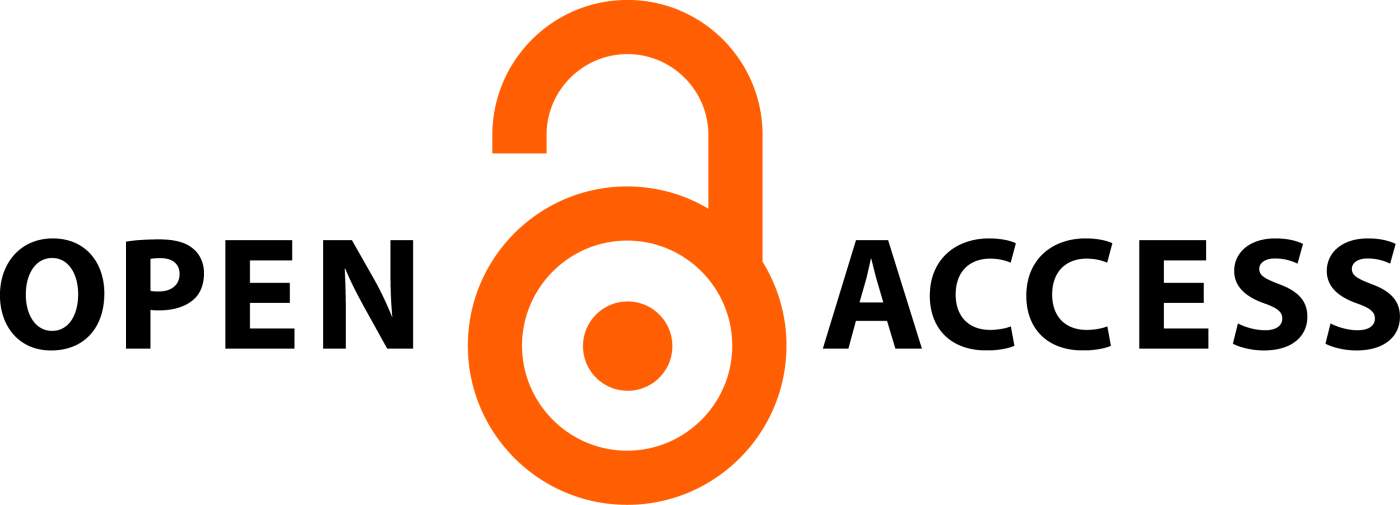A FIELD SURVEY AFTER COVID-19 IMMUNIZATION PROGRAMME AT GHAZIABAD, INDIA: HIGHLIGHTING ADVERSE EVENTS
A FIELD SURVEY AFTER COVID-19 IMMUNIZATION
Abstract
Background: COVID-19 has been named as the third most pathogenic human coronavirus disease till date. The SARS-CoV-2 epidemic is still continued, and the new strain is expected to co-habit with us for a significant duration. The only way of protection from SARS-CoV-2 depends upon public health interventions such as active testing, along with immediate tracking of cases and limited social gatherings until clinically approved vaccines become widely available. Further, personal prophylactic measures such as social interspacing and proper use of quality masks can prevent the spread of this contagious virus.
Objective: The current protocol is aimed to collect data on adverse event, after COVID vaccination and such studies in future can help in prevention and treatment of COVID-19.
Method: The protocol was conducted in selected centres of Uttar Pradesh, India. It was done over a time period of 3 months. A valid protocol includes two shots of immunization procedure for all enrolled participants. Immediate (within 6 hrs), sudden (within 24 hours) and delayed adverse events occurred after 24 hours of vaccine administration were noted.
Conclusion: In India, vaccine pharmacovigilance is still in its developmental stages. Irrespective of whether adverse event (AE) after immunization (AEFI), a steady stream of full information on vaccine-related AE is required. Because there is so few Indian researches on vaccination adverse effects, as a result, need for vaccine pharmacovigilance on a broad scale in India has emerged in recent times.
Downloads
All the articles published in JAPSR are distributed under a creative commons license (CC BY-NC-SA 4.0)
Under this license, you are free to:
- Share- copy and redistribute the material in any medium or format for any purpose, even commercially.
- Adapt- remix, transform, and build upon the material for any purpose, even commercially.
The licensor cannot revoke these freedoms as long as you follow the license terms.
- Attribution — You must give appropriate credit , provide a link to the license, and indicate if changes were made . You may do so in any reasonable manner, but not in any way that suggests the licensor endorses you or your use.
- NonCommercial — You may not use the material for commercial purposes .
- ShareAlike — If you remix, transform, or build upon the material, you must distribute your contributions under the same license as the original.
- No additional restrictions — You may not apply legal terms or technological measures that legally restrict others from doing anything the license permits.
Copyright policy
The journal allows the author(s) to hold the copyright of their work. That means the authors do not need to transfer the copyright of their work to the journal. However, the authors grant JAPSR a license to publish the article and identify itself as the original publisher.
Licensing policy
The journal allows the author(s) to hold the copyright of their work. That means the authors do not need to transfer the copyright of their work to the journal. However, the authors grant JAPSR a license to publish the article and identify itself as the original publisher.






